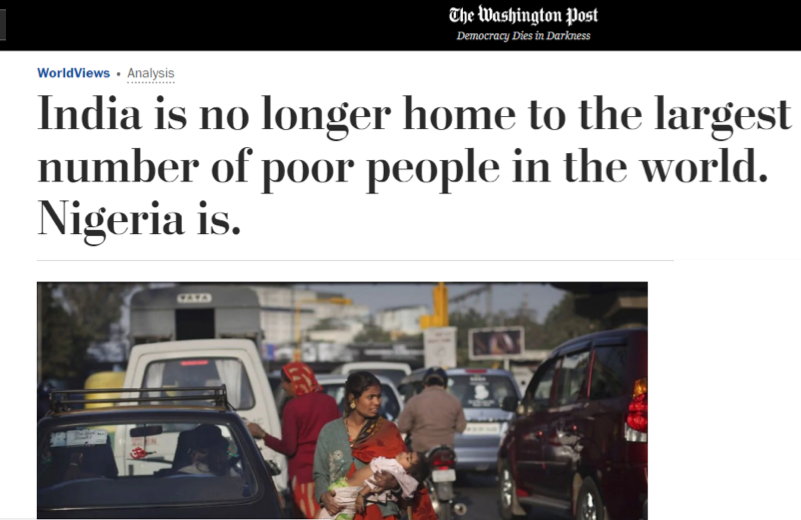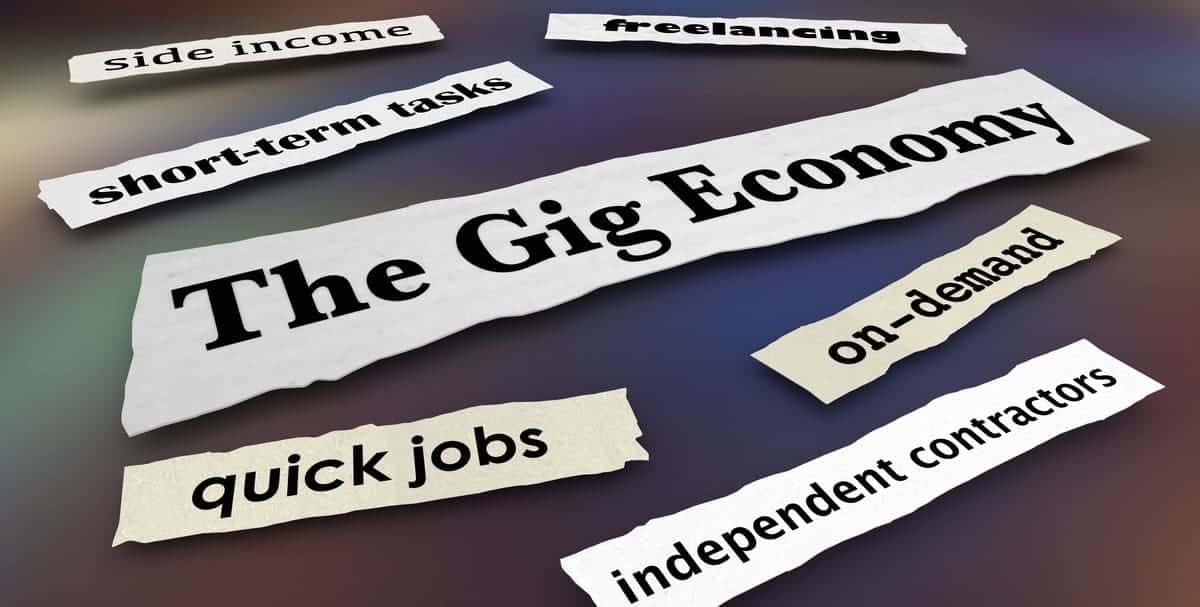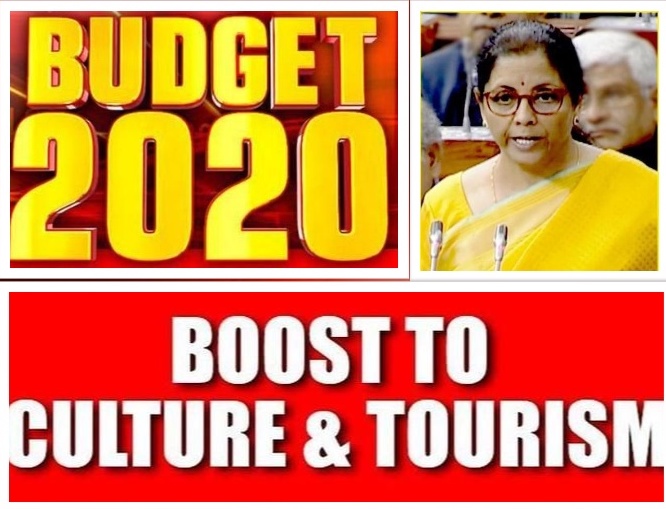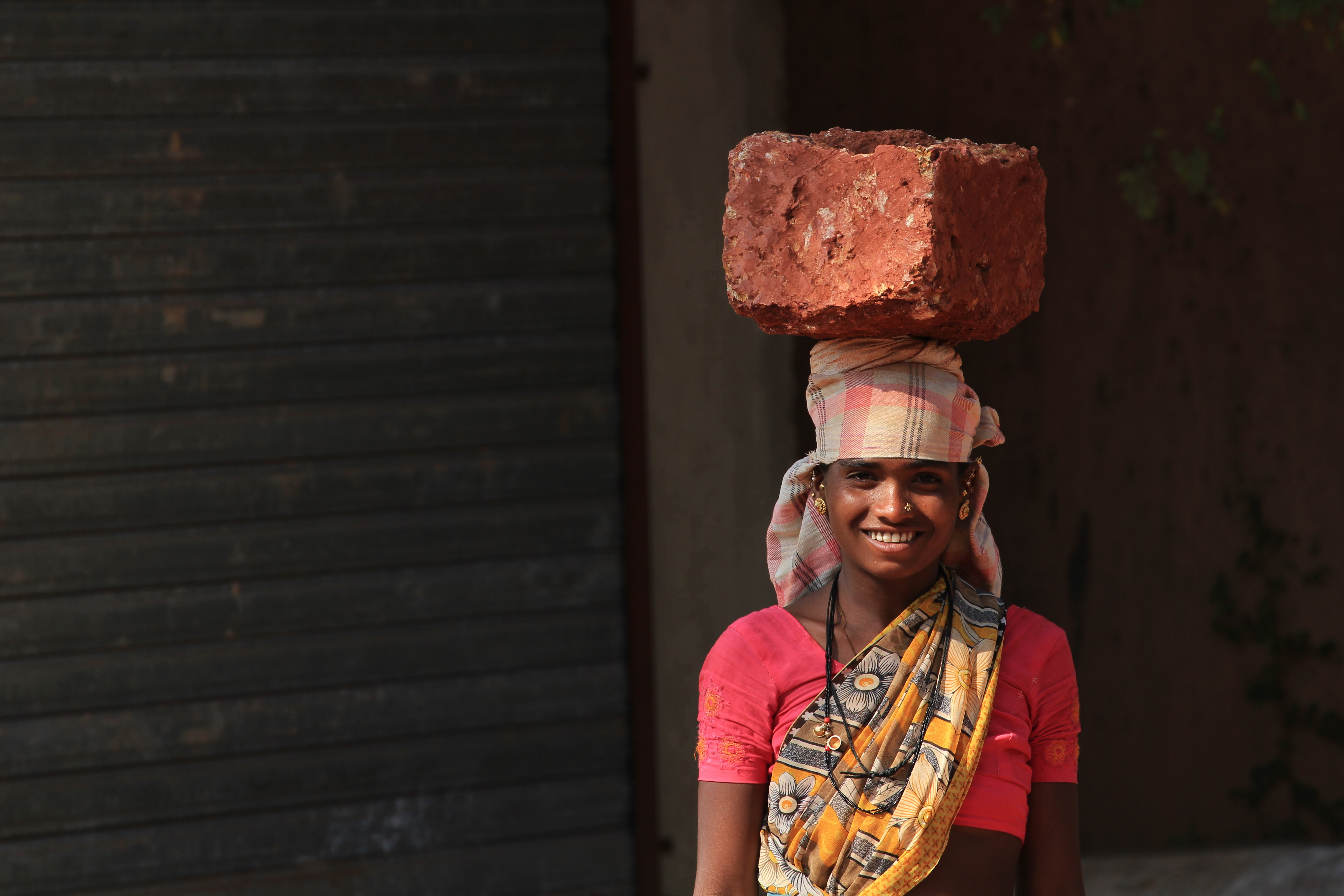What
came as a shock and yet a tingling feeling of pride was the newspaper headline
which read about the remarkable success India had made in taking out people
struck with acute and multidimensional poverty.
Since childhood, I had read in school about how poor and destitute our country was. My father used to tell me about times in his childhood when he just used to have starch and rice as a staple diet with a bit of salt, that too in the morning before he went to school. This wasn’t it, the food was actually a luxury considering how there were so many members in the house.
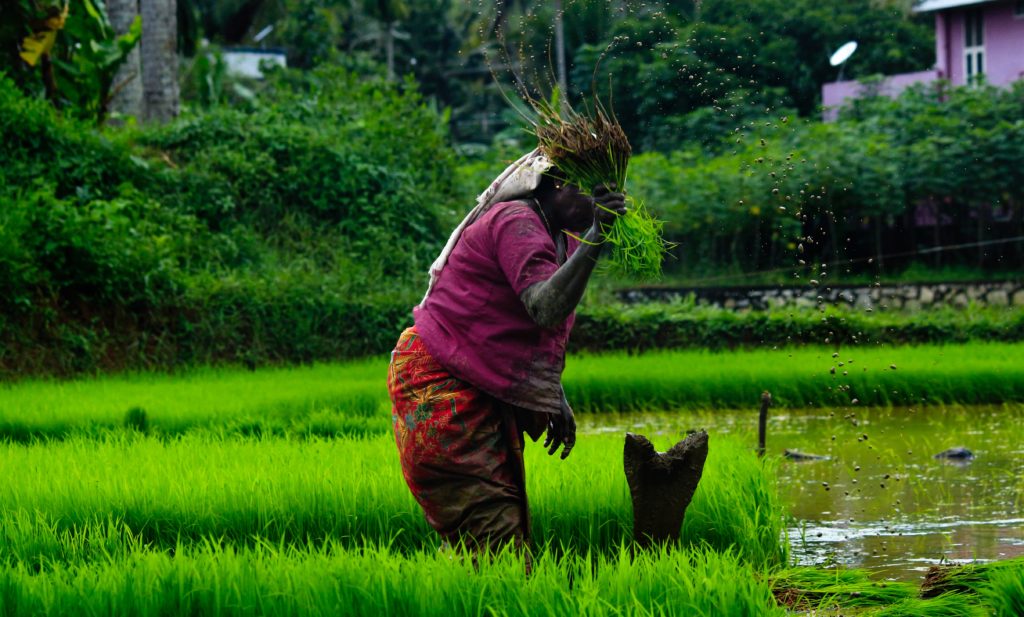
Our country depended heavily (it still does) on agriculture, but due to the despotic rule of the Britishers, a huge chunk of farmers were left as landless tenants or labourers feeding themselves with the little they got after working in the fields of the absentee landlords. During one of the times when we had a similar famine post-independence, we had to ask assistance in terms of food from the USA. The quality of the PL 480 wheat imported was not only bad but it led to being dependent on the USA for food.
Question is, what is the connection between poverty and food security?
Since the beginning, we have heard about India being both poor and hunger-stricken. This is not an exception but even today, both the dimensions are interconnected. A poor household is less likely to be able to afford food, and if they are, it is mostly an unbalanced food leading to malnutrition.
Coming back to the astonishing heading, this is what I read :
Isn’t it huge? What an achievement to be one of the largest countries in the world in terms of size, and going to be the largest country in terms of population by 2022.
India and Extreme Poverty
India, although still has around 73 million people living in extreme poverty, it is for the first time that the maximum number of poor people living in extreme poverty isn’t in India, considering the high population. Sometime back, more than 20 per cent of the world’s destitute were living in India.
“Extreme Poverty” as a subject is defined by the World Bank as someone who is living on precisely 1.90 dollars per day.
What has brought us out of the extreme poverty?
- The remarkable achievement has been more prominent post-2004, of course, due to the cumulative efforts of the continuing government both at the centre and state post liberalization in 1991.
- While poverty was thought to be confined mostly to the rural areas, the migration of the rural population to the urban areas and the continuous flow of money back and forth has helped in increasing the purchasing power of the rural population.
- Moreover, while initiatives like MGNREGA were consumption-driven initiatives giving direct benefits to the farmers, provisions of increasing infrastructure in the form of roads, irrigation and forest projects have further provided the daily wage employment of the people in the area.
- Further, the increasing growth rate in continuous cycles in the agricultural sector, thanks to the water-intensive sugarcane industry and use of GM cotton in areas of Gujarat has helped farmers increase the farmers’ disposable income.
Some debates over poverty and their implications :
What has always been a contentious issue is regarding the poverty numbers in India and the claims about its reduction. The debate remains because of the current “under”-employment condition and the increasing rural/farming distress. For example, the recent NCRB data reveals that the farmer suicide rate increased by 300 per cent in 2015.
Comparing internationally, China scores massively where the per capita income in PPP terms was around 4000 dollars, compared to only 1673 dollars in India.
There are several implications over the debate of poverty:
- First, it is very important to end the “rich have gotten richer and poor poorer” post the 1991 economic reforms. Factors like infant mortality, maternal mortality have actually improved thanks to the targeted government intervention to improve the same.
- Second, India needs to move beyond the parameter of considering 1.90 dollars per day consumption as defining the poverty line. India, being a middle-income country, should look at 3.20 dollars per day while deciding the poverty numbers that would give better data.
- Third, the old school political and policy narrative focussing vividly on “poverty” and “hunger” as being interrelated still, has to end. It is not the hunger that is plaguing India as is the low-income levels in the households.
While the stories of famine remain to be told by our grandfathers and we have moved much beyond that, there is still a lot of scopes to improve. We must take into consideration the new phenomenon of urban poverty and squalor. For understanding the new definition of poverty, we need to include items like primary education, healthcare, sanitation and drinking water. The very possibility of final victory against any definition of extreme poverty which was common long back is no mean achievement.
How important is economic growth to fight extreme poverty? Let us know in the comments.



